The modern workspace continues its radical
transformation, with companies prioritizing employee wellbeing, productivity,
and environmental consciousness. Here are the defining office design trends for
2025, emerging from international workplace innovation showcases.
Quiet Luxury Movement: Office furniture shifts
toward high-quality, timeless pieces that exude quiet elegance, emphasizing
quality craftsmanship, clean lines, and premium materials without being overtly
flashy. This refined approach values substance over statement.
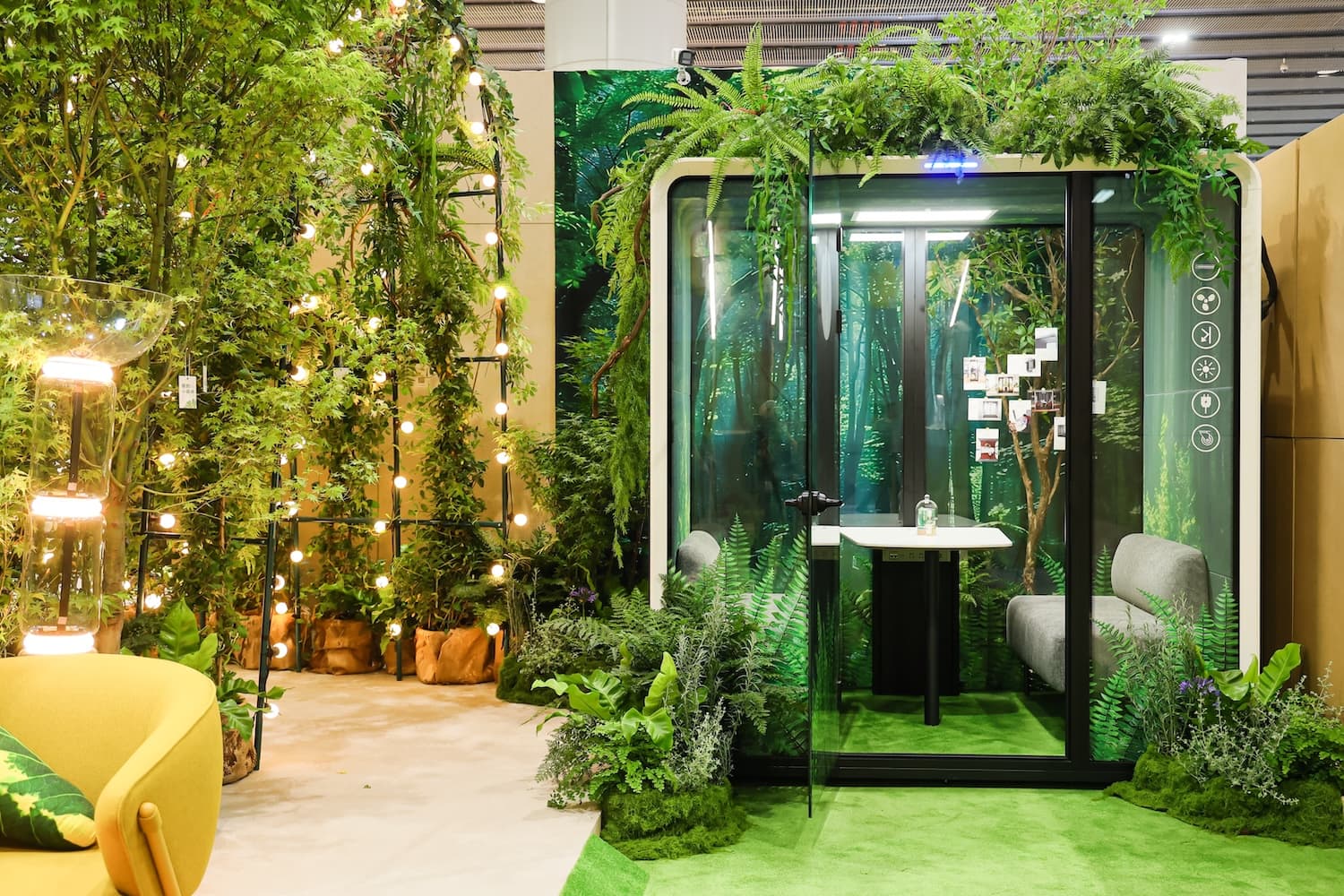
Customizable and Personalized Spaces:
Businesses turn to customizable office furniture to create unique workspaces,
with desks that reflect individual preferences and storage solutions that fit
specific needs. Personalization becomes key to employee satisfaction.

Bold Colour Psychology: Office furniture
embraces bold and vibrant colours in 2025, with chairs and desks featuring
daring shades of teal, mustard yellow, deep coral, and electric blue. Strategic
colour choices energize workspaces and inspire creativity.

Ultra-Flexible Workspace Systems: Companies
move toward adaptable layouts that can be easily reconfigured to suit different
team sizes, work styles, or tasks. These dynamic spaces support evolving work
patterns seamlessly.

Wellness-Centric Ergonomics: Ergonomic chairs
with lumbar support and adjustable desks become essential elements, with
furniture designed to support physical needs during long work hours. Health
becomes the foundation of productivity.
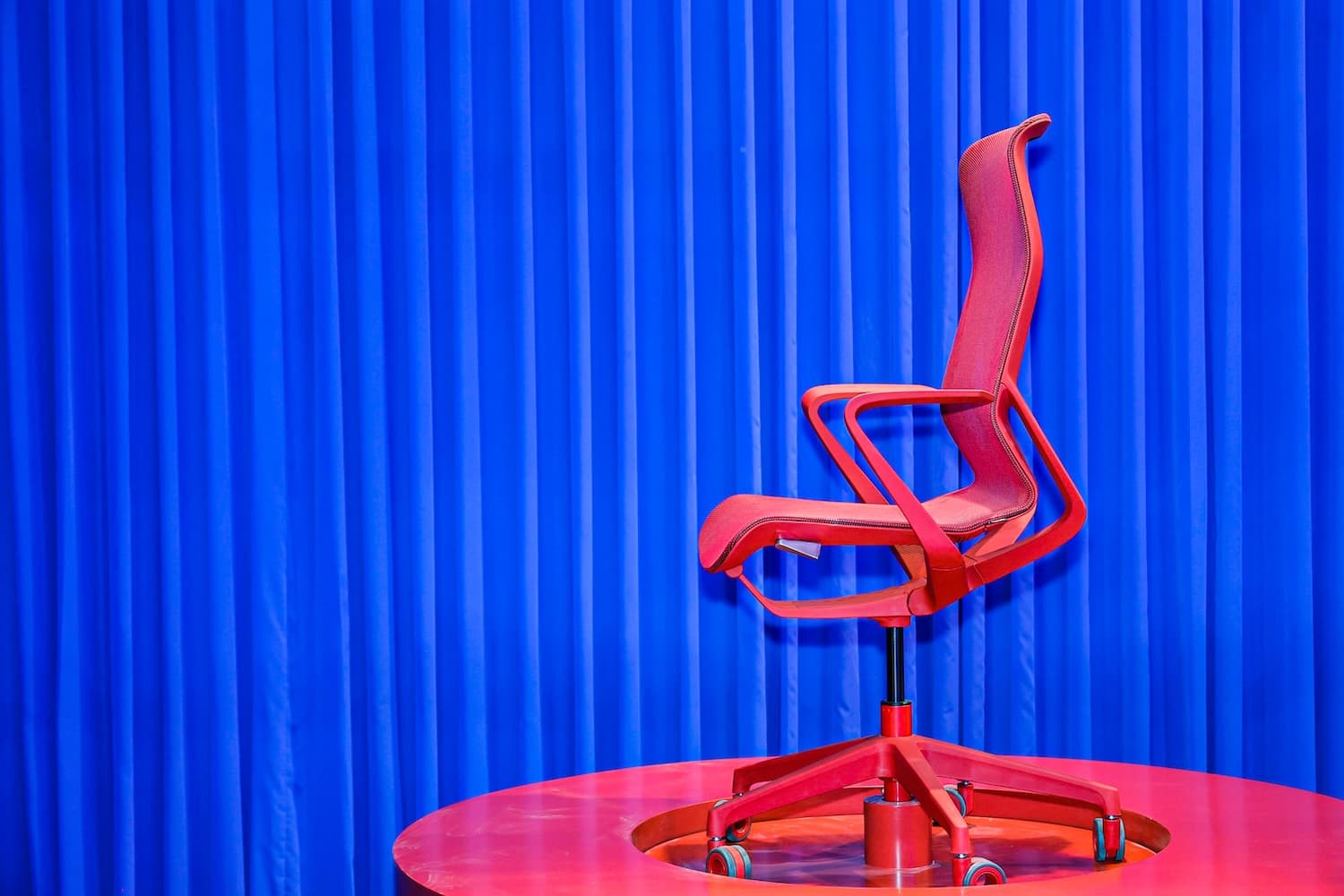
Rounded, Organic Forms: Gone are
square-shaped, grey, and angular office desks, making way for more rounded,
neutral, and light-coloured furniture that makes working at the office as
comfortable as working from home.
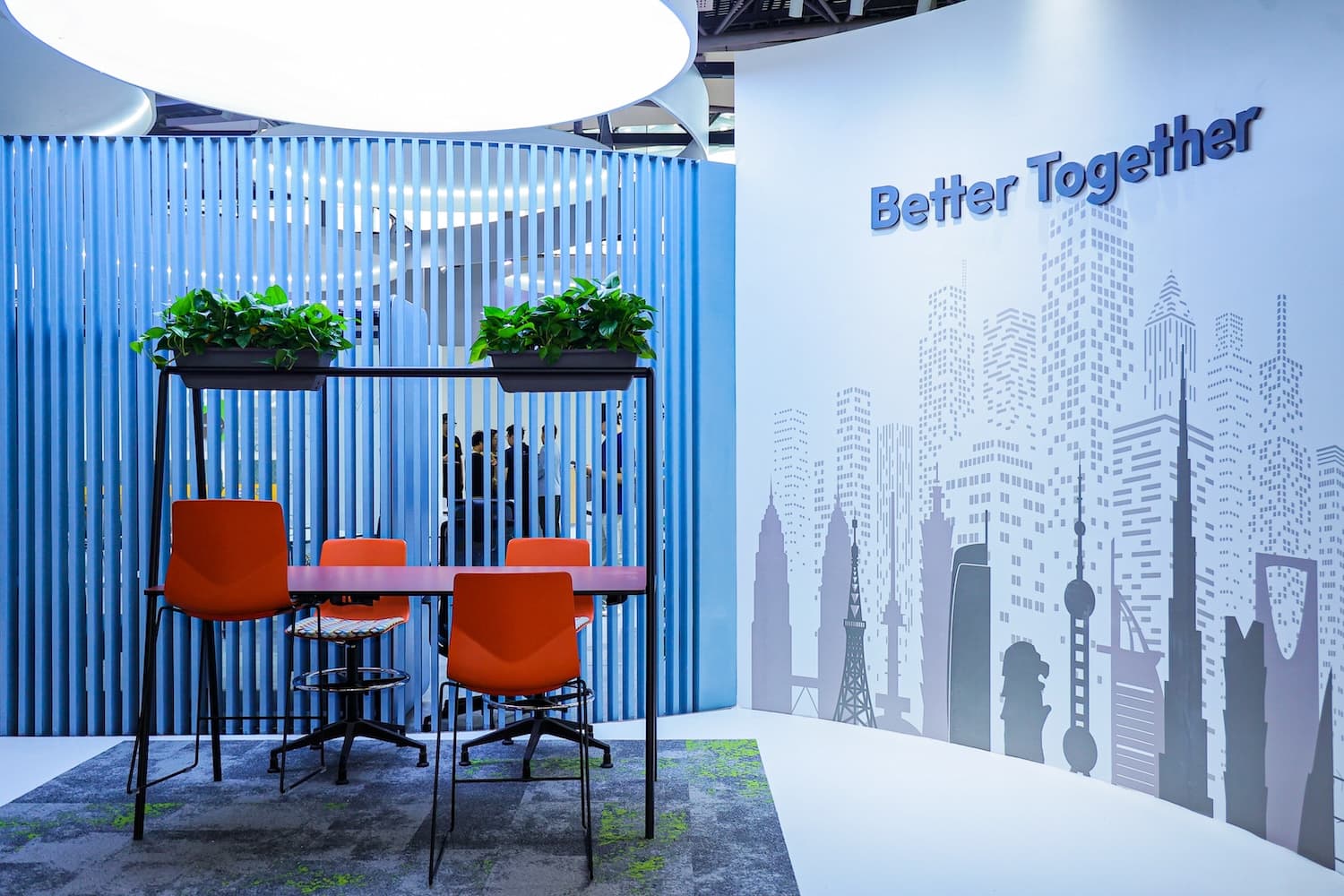
Sensory-Focused Design: Colour and texture
become important considerations when selecting office furniture, with continued
trends toward minimalist design focusing on clean lines and uncluttered
workspaces.
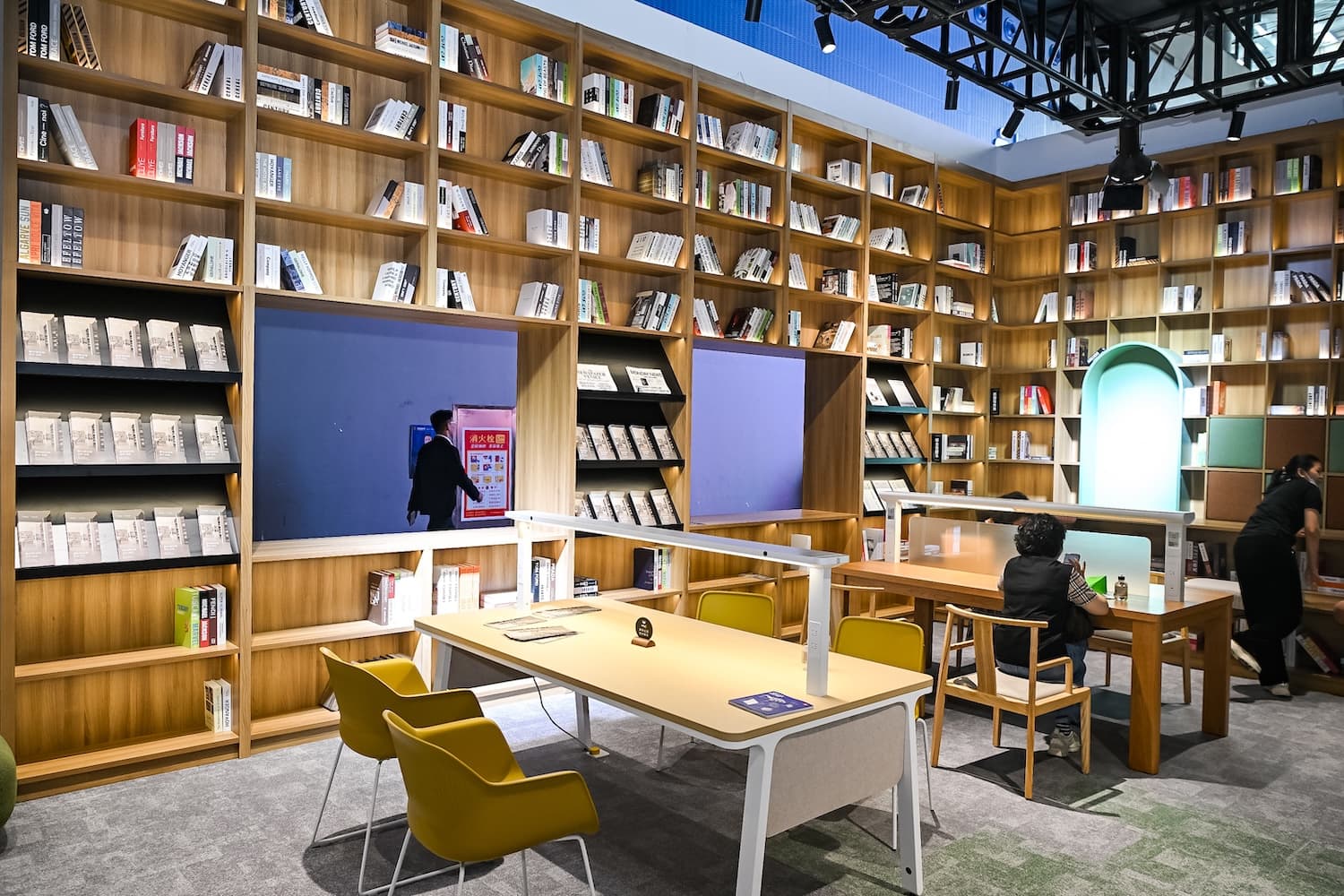
Task-Based Zoning: Flexible desk arrangements,
task-specific zones, and biophilic accents create specialized areas for
different work activities, optimizing space efficiency and functionality.
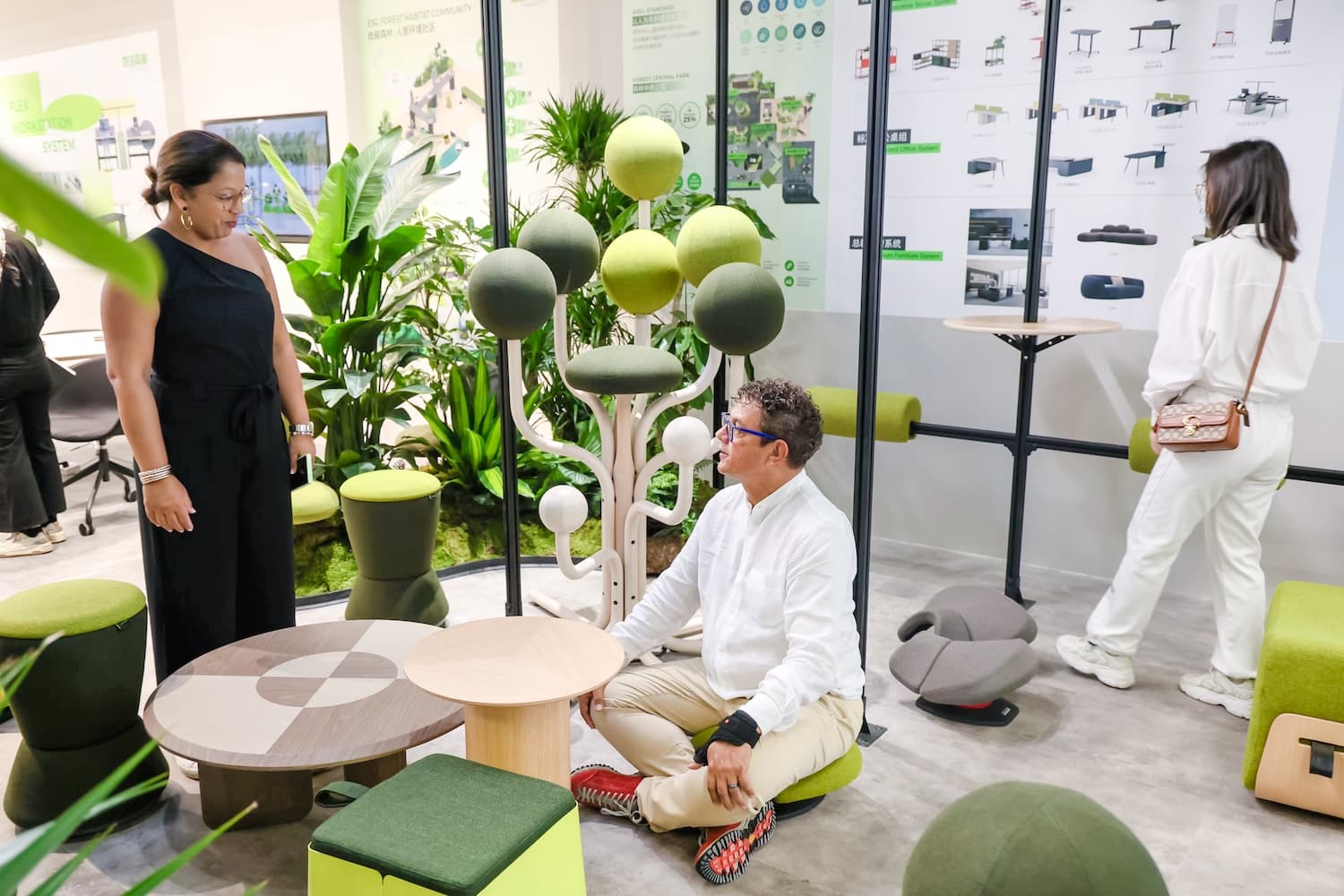
Sustainable Innovation: Environmental
consciousness drives material choices, with recycled components and circular
design principles becoming standard practice rather than premium options.
Technology Integration: Smart furniture
systems incorporate sensors and connectivity, creating responsive environments
that adapt to user preferences and optimize space utilization automatically.
The future of office furniture in 2025 centres on adaptability, wellness,
sustainability, and comfort, creating environments that support both
productivity and human flourishing in the evolving workplace landscape.